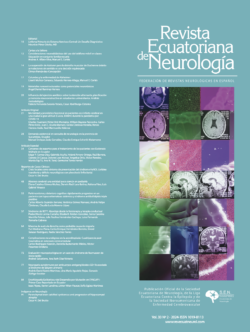neurodevelopment
Efectos del Estrés Materno Intenso y Prolongado Durante el Embarazo y su Repercusión Sobre el Neurodesarrollo del Feto. Effects of Intense and Prolonged Maternal Stress During Pregnancy and its Impact on the Neurodevelopment of the Fetus.
Objective: To evaluate the possible repercussion of strong and prolonged maternal stress during pregnancy on the neurodevelopment of the fetus.
Method: Retrospective cross-sectional study with qualitative and quantitative analysis of seventy-three (73) cases of children -ages 1 through 6- who were seen in private practice between January and June 2017, in which reasons for consultation were analyzed through interviews, psychometric tests, and analysis of clinical history data. The variables were coded and entered into the statistical program SPSS version 22. Descriptive and inferential analysis tests were performed. For better understanding of the study sample, it was distributed in two groups according to the ‘type of pregnancy’ variable: group 1, non-stressed pregnancy, and group 2, stressed pregnancy.
Results: Significant differences were found between pregnancy types and reason for consultation (t (62)=2.78; p=0.007) and language signs and types of pregnancy (t (62)=5.572; p=(0.001) confirming that high stress rates have a high incidence in neurodevelopmental processes.
Conclusion: Our study has confirmed the possible repercussion of strong and prolonged maternal stress during pregnancy on the neurodevelopment of the fetus with possible future repercussions.
Leer artículo completo
Desarrollo Psicomotor y Variables Medioambientales en Dos Poblaciones del Ecuador.
Objective: To determine the influence of some environmental variables associated with psychomotor development in children from an indigenous community and mestizo community in Ecuador. Material and methods: For the observation and measurement of variables were used EEDP scale and a registration form of environmental factors. Data was analyzed using logistic regression test. The methods of observation and measurement of variables through the EEDP scale and a registry of environmental factors were used. Data was analyzed through a logistic binary regression. X2 omnibus test was applied; the same statistician was estimated by the Hosmer-Lemeshow test with global adjustment. Also, it was estimated -2 log likelihood (-2LL) in order to check the veracity of the results, the Cox and Snell R2, Nagelkerke R2 and Wald statistic. Results: The findings indicate that some of the independent variables were related to motor development and coordination in the populations studied. Furthermore, it was found that breastfeeding and type of housing have influence in the social and language development of both populations.
Conclusions: Only some of the studied variables exert influence on psychomotor development of two populations: breastfeeding, age and housing type.





